Michael Moynihan - Crisis and Comeback: Cork in the Eighties
Here you can read online Michael Moynihan - Crisis and Comeback: Cork in the Eighties full text of the book (entire story) in english for free. Download pdf and epub, get meaning, cover and reviews about this ebook. year: 2018, publisher: Gill & Macmillan Ltd, genre: Detective and thriller. Description of the work, (preface) as well as reviews are available. Best literature library LitArk.com created for fans of good reading and offers a wide selection of genres:
Romance novel
Science fiction
Adventure
Detective
Science
History
Home and family
Prose
Art
Politics
Computer
Non-fiction
Religion
Business
Children
Humor
Choose a favorite category and find really read worthwhile books. Enjoy immersion in the world of imagination, feel the emotions of the characters or learn something new for yourself, make an fascinating discovery.
- Book:Crisis and Comeback: Cork in the Eighties
- Author:
- Publisher:Gill & Macmillan Ltd
- Genre:
- Year:2018
- Rating:4 / 5
- Favourites:Add to favourites
- Your mark:
Crisis and Comeback: Cork in the Eighties: summary, description and annotation
We offer to read an annotation, description, summary or preface (depends on what the author of the book "Crisis and Comeback: Cork in the Eighties" wrote himself). If you haven't found the necessary information about the book — write in the comments, we will try to find it.
How does a city survive its worst recession in living memory?
Cork entered the 1980s with swagger. The 1970s had been dominated nationally by the citys favourite son, Jack Lynch, who was Taoiseach for much of the decade. And the sense of superiority wasnt confined to the political arena. The city had given Ireland a world-class rock star in Rory Gallagher, and boasted one of the first internationally recognised film festivals. Cork bustled: Patrick Street on a Saturday afternoon heaved with shoppers in Roches Stores and Cashs. There was a stability to the city, anchored by the institutions from which it drew its identity: the university, the Murphys and Beamish breweries, the English Market. Underpinning those were key employers such as Ford, Dunlop and Verolme internationally recognised names, deeply rooted in the fabric of the community after providing decades of employment. Confident and busy, Cork seemed to buck the trend of the late 1970s, as the ripples of the oil crisis spread economic uncertainty across the globe.
But by the middle of the 1980s, the city had been plunged into chaos. Ford, Dunlop and Verolme all closed within eighteen months. Every institution in the city seemed under threat. The two breweries came close to shutting down. The English Market survived not one but two devastating fires. Cork Corporation strongly considered turning it into a car park. The uncertainty spread beyond the unemployment statistics, horrific though they were, manifesting itself in religious hysteria, protest voting and crime. Cork had become a rust-belt region.
But a spiky self-belief, determined natives and vital new industries made all the difference as the city began the often painful transition from traditional manufacturing to what we now term the knowledge economy. Drawing on extensive interviews with politicians, workers, writers and industrialists, Michael Moynihan weaves a sweeping tapestry of the city at a critical juncture. In a rich narrative, he tells the compelling story of how Corks eventual status as a high-tech hub was won.
Michael Moynihan: author's other books
Who wrote Crisis and Comeback: Cork in the Eighties? Find out the surname, the name of the author of the book and a list of all author's works by series.

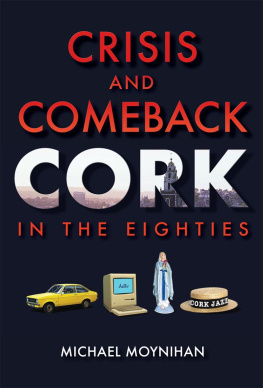

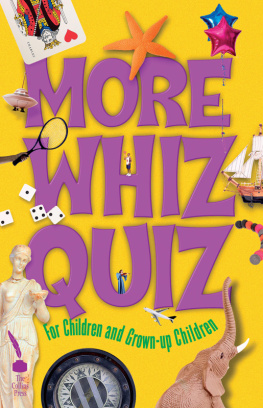
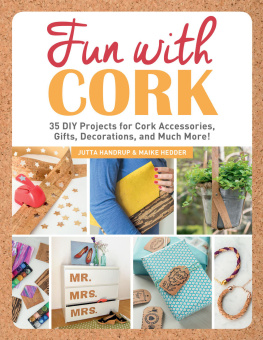
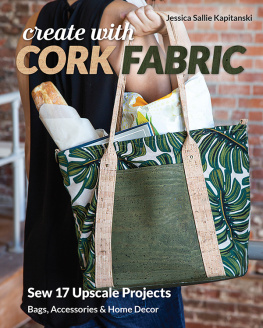
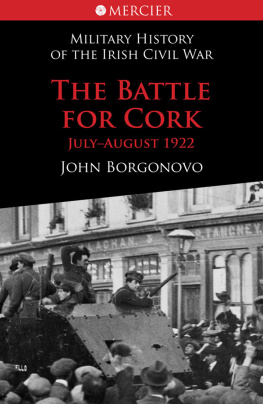
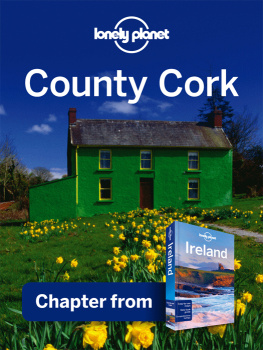


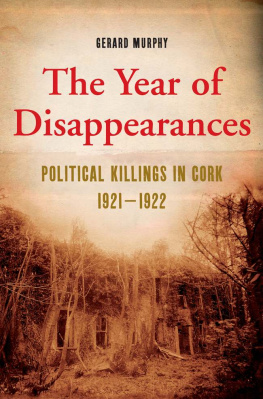
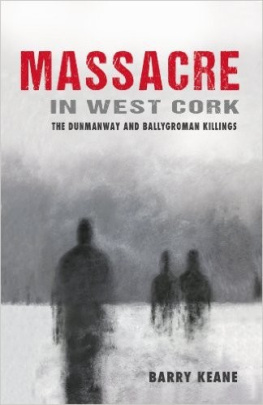
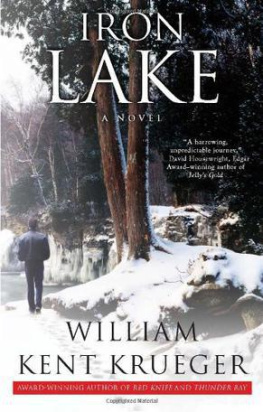
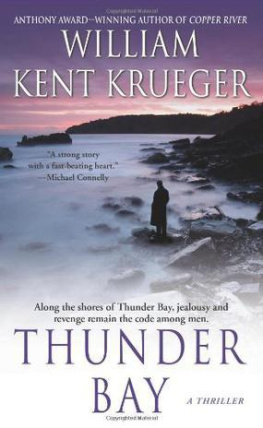

 facebook.com/michael.moynihan.54
facebook.com/michael.moynihan.54 @MikeMoynihanEx
@MikeMoynihanEx
